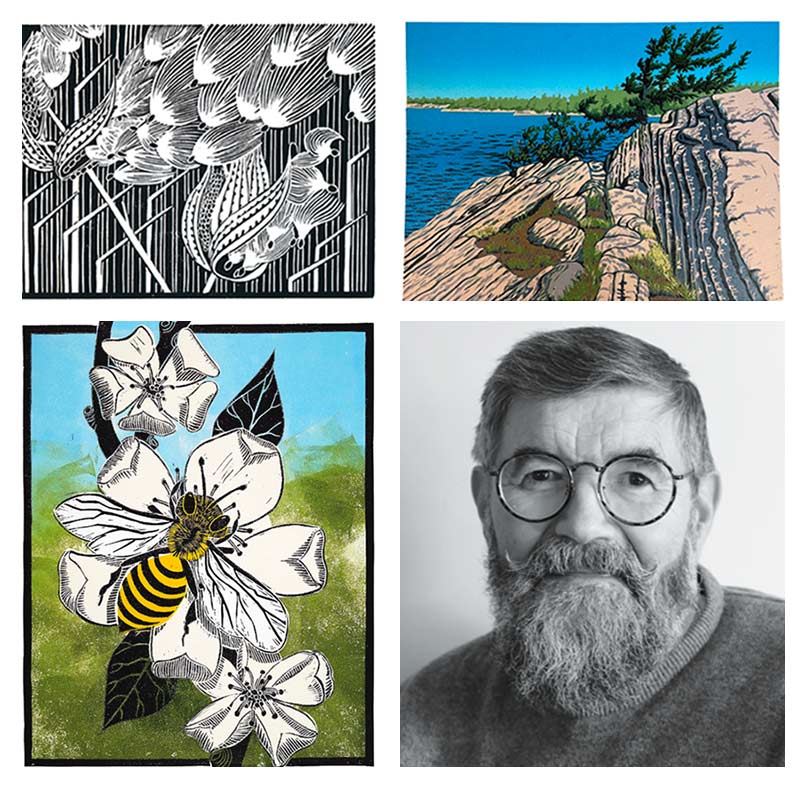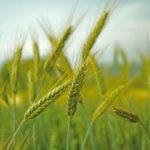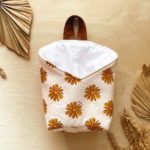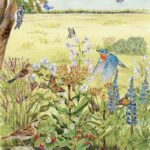
To appreciate Phil Goldsmith’s linocut art, you need to understand his process. With reduction printmaking, his preferred method, he carves an image into a linoleum block, and what remains is inked and printed. That takes skill, as well as a steady hand and patient precision, but Phil ups the complexity with subsequent layers of intricate design and colour. His most recent print, an iconic view of Georgian Bay, includes 12 layers – the most complicated yet – which he modestly admits “turned out quite well.”
He’s been an architect for almost 50 years, and his mastery of lines, perspective and detail is obvious in his designs. Linoprints require a sort of reverse engineering: taking an image – for Phil, typically one of his landscape watercolour paintings, for he does that too – and disassembling it into parts that can be translated into blocks.
“I’m always thinking about several layers; not just what makes a pretty picture, but what’s the message in the picture,” he says. “It’s a mental exercise that I really, really enjoy.” He uses words like “fascinating” and “fun” to describe his experiments with technique: “Even after hundreds of prints, I’m still trying out different things,” he says.
Now semi-retired in Port Hope, Phil took up printmaking again in 2020 after a 42-year hiatus. He makes prints on a vintage cast iron mangle clothes wringer (affectionately called Marg) that he acquired in 1971 and converted three years ago. He displays his work at Ganaraska Art & Framing, but makes prints primarily for the simple act of creating.
“I really love the process. I’m absolutely hooked on doing this now as long as I can,” he says. “It’s a great way to participate in an ancient tradition that’s really quite thrilling.”
Story by:
Fiona Campbell




